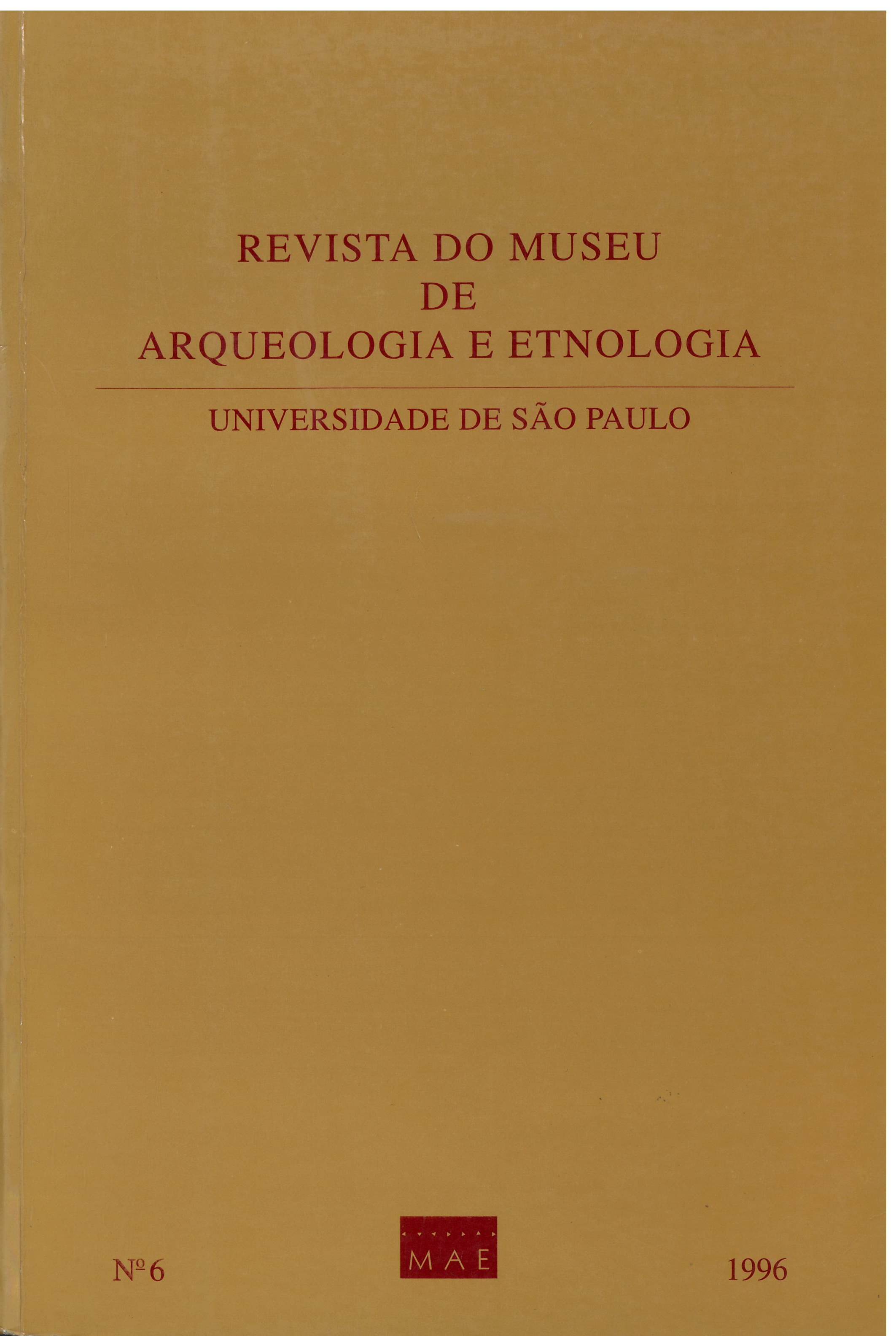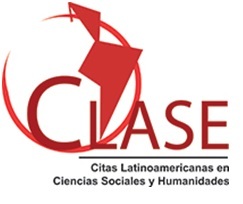The “Haush” puzzle: piecing together subsistence and settlement at the Fueguian southeast.
DOI:
https://doi.org/10.11606/issn.2448-1750.revmae.1996.109251Keywords:
High latitude adaptation - Tierra del Fuego - Hunter-gatherers - Faunal resource exploitation - Subsistence and settlement models.Abstract
The Isla Grande of Tierra del Fuego - Argentina - southeast tip was archaeologically almost unknown till the middle 1980’s, when systematic research began. This area was historically inhabited by the Haush, a group without a clear ethnic status. The different positions about them are summarized. The ethnographic information available and the data from the faunal resources - guanacos {Lama guanicoe), sea lions, birds and mollusks - are adjusted to postulate a subsistence and settlement model for the area - known as Peninsula Mitre. It is applied for the Rancho Donata archaeological locality, and then it is compared with other Tierra del Fuego pedestrian hunter-gatherers models. Logistical strategies for guanaco hunting seem to be more efficient yearlong. During the fall-winter semester, sea lions hunting took place within the camp range - ca. 5km from the coast. The spring-summer semester base camps movement appears to be first associated with bird and fish procurement and then to sea lions hunting.Downloads
Downloads
Published
2024-08-02
Issue
Section
Articles
License
Copyright (c) 1996 José Luis Lanata

This work is licensed under a Creative Commons Attribution-NonCommercial-NoDerivatives 4.0 International License.
How to Cite
LANATA, José Luis. The “Haush” puzzle: piecing together subsistence and settlement at the Fueguian southeast. Revista do Museu de Arqueologia e Etnologia, São Paulo, Brasil, n. 6, p. 11–32, 2024. DOI: 10.11606/issn.2448-1750.revmae.1996.109251. Disponível em: https://revistas.usp.br/revmae/article/view/109251.. Acesso em: 2 apr. 2025.













